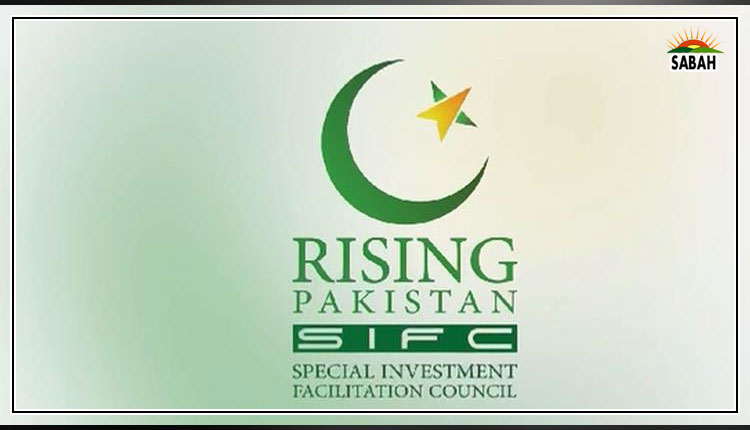Pakistan’s wheat problem… Daud Khan/Ghasharib Shoukat
Pakistan is going through an economically difficult period with spiraling prices, dwindling foreign exchange resources and a serious risk of default. At the same time the global political and economic order built over the past several decades is crumbling as we chaotically head towards a multi-polar world with different big powers jostling for power. This is not only creating turbulence in the world economy, but is also resulting in trade disruptions, and in high and volatile prices for food, fuel and other essential commodities.
In the face of these national and international uncertainties, it is essential that Pakistan carefully maps out its goals and policies. Unfortunately, we are not doing well on many fronts. We are not making good use of domestic resources such as land, water and our hard working labor force; we are importing non-essential goods or commodities that we could produce ourselves; and our foreign exchange earnings rely excessively on remittances of the diaspora rather than the efforts of domestic entrepreneurs. Expansion into high-tech, high value export oriented activities essential for the long-term wellbeing of the country remain a distant dream.
Pakistan desperately needs a policy reset in many fields as often the goals, as well as the associated instruments and programmes, are ineffective.
A good place to start a policy reset would be the wheat sector. Wheat is the basic staple food for most Pakistanis and makes up the bulk of our calorie intake. Production grew rapidly in the decades up to 2010. In 1990 production was 14.4 million tons and crossed 25 million tons in 2011 an increase of 75% in about 20 years. Since then progress has been much slower it took 10 years before production reached 27.5 million tons in 2021 and again in 2023 (a 10% increase in 10-12 years).
Slower growth in wheat production has made Pakistan increasingly dependent on foreign supplies. Between 2 and 3 million tons around 10% of our needs are being imported. In the current fiscal year, Pakistan has already spent about US$1 billion to import 2.7 million tons of wheat.
In order to try to accelerate wheat production and reduce imports, the Government spends billions on subsidising inputs and buying wheat at a fixed price that is often above the free market equilibrium price.
The logic that underpins this policy is as follows: lower fertiliser prices would increase applications and raise yields; and high wheat prices would increase the proportion of land allocated to wheat while also enhancing investment in inputs such as seeds, machinery and water. However, the policy has demonstrably not worked. Area planted has grown slowly and yields remain low around 3 tons/ha, well below other comparable countries.
The reason for this failure is not difficult to understand. Fertiliser subsidies go mainly to medium- and large-scale farmers who are already using close to optimal levels of fertilisers. Subsidies mean more money in their pockets but bring about little change in behaviour. In contrast, poor farmers, most of whom use sub-optimal doses of fertilizer, are usually not able to access subsidies. Similarly, poor farmers rarely benefit from high Government procurement prices they usually sell their output at harvest time to middlemen at whatever price they get.
However, there is significant potential to increase wheat yields through relatively simple changes such as reduced tillage, increased use of certified seeds, use of seed drills, a better match between fertiliser applications and soils, more careful use of water and application of micro-nutrients. There is also a large potential to reduce on-farm and off-farm losses through improved harvesting, bulk handling, and storage in modern silos.
But who is to lead this change? Government research and extension services are largely moribund they mainly exist to provide employment to low qualified but well-connected people, rather than providing a service to farmers. Instead, the future of agriculture lies in harnessing the expertise of the private sector machinery suppliers, suppliers of seeds and fertiliser, traders and financiers, service providers and, increasingly, on the young and bright young entrepreneurs who see opportunities in commercial agriculture and are prepared to make innovations and take risks.
A more dynamic agriculture sector is also essential to meet the challenges of climate change and in particular of changing rainfall patterns. This has resulted in higher precipitation in some of the arid areas in Balochistan and Sindh and has expanded the potential area for wheat. But making better use of this potential requires agile production systems. In good rainfall years, inputs, manpower and equipment need to be quickly moved into arid areas to plant wheat. In addition, small but carefully designed investments are needed, for example, in small dams for storage and water spreading, machinery pools that can be moved quickly as needed, and low-cost storage facilities for the harvested grains.
But the government also needs to play its part. In particular there is a need for more flexibility in both domestic and international trade in wheat and related inputs, particularly seeds; allocating more funding to research including in collaboration with the private sector and international institutions; and creating conditions for the private sector to utilise new lands in previously uncultivated areas.
It is worth recalling that with good interventions and strong leadership, other countries have moved from being major importers of wheat to becoming major exporters. Among these, the most spectacular transformation in recent times is that of Russia. During the 1960s, 1970s and 1980s Russia was a major wheat deficit country with imports reaching about 47 million tons in 1985. Since then a major push in production has made Russia the worlds largest wheat exporter with overseas sales of about 40 million tons well ahead of other exporters such as EU, USA and Canada.
Courtesy The Express Tribune












